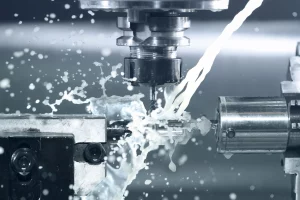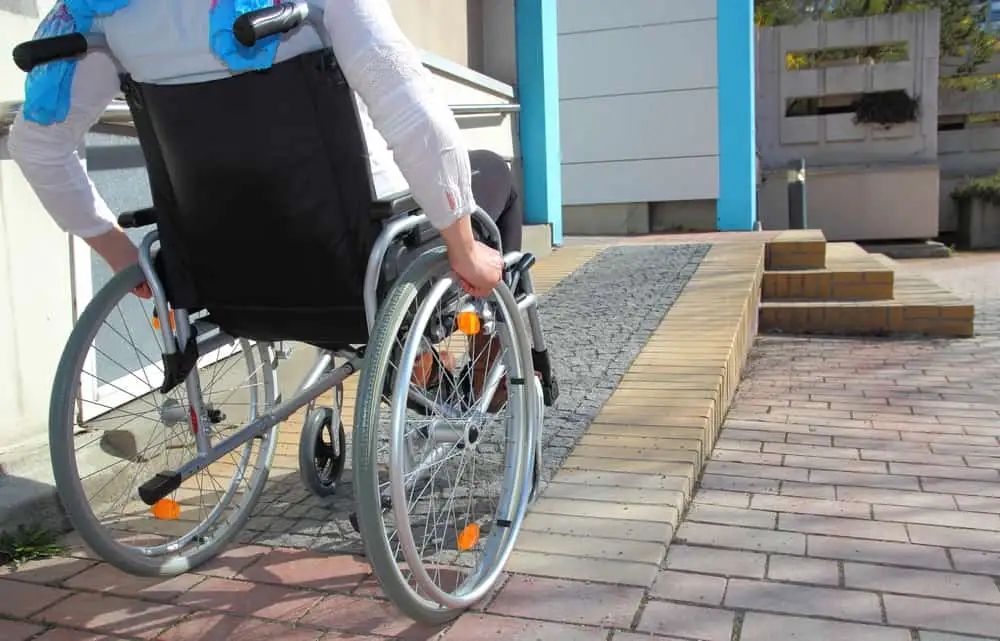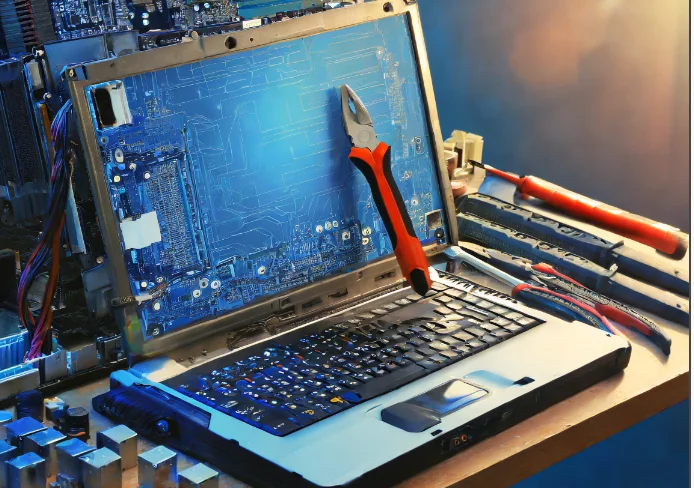In the realm of CNC machinery operation, operators often tap into sculpting principles. Exploring the parallels between art and machining unveils how form and texture impact proficiency. This unique connection challenges traditional methods, merging creativity with precision in CNC processes.
Key Takeaways
- CNC machinery revolutionizes manufacturing with precision and efficiency
- Understanding the components and working principles is crucial for successful operation
- Mastery of software and tool knowledge enhances machining capabilities
- Regular maintenance and staying updated on advancements are essential for optimal CNC machinery operation
Introduction to CNC Machinery
Understanding CNC Machinery is essential for anyone looking to delve into the world of precision manufacturing and automated production processes. CNC, which stands for Computer Numerical Control, refers to the automation of machine tools through the use of computers executing pre-programmed sequences of commands. This technology has revolutionized the manufacturing industry, allowing for high levels of accuracy, repeatability, and efficiency in the production of intricate parts and components.
One of the key advantages of CNC machinery is its ability to interpret design specifications with incredible precision, translating complex geometries into tangible products. By utilizing CAD (Computer-Aided Design) software, manufacturers can create detailed digital models that are then converted into machine-readable code to guide the CNC equipment in the production process.
Moreover, CNC machinery offers versatility in manufacturing, as it can be programmed to produce a wide range of products across various industries, from automotive parts to aerospace components. This flexibility makes CNC machinery a valuable asset for companies seeking to streamline their production processes and meet the demands of a competitive market.
Components of CNC Machines
Exploring the intricate structure of CNC machines reveals a sophisticated interplay of mechanical and electronic components meticulously engineered for precise manufacturing processes. These components work harmoniously to ensure the successful operation of the CNC machine:
- Controller: The brain of the CNC machine, the controller interprets the programmed instructions and translates them into precise movements of the cutting tool. It coordinates all actions within the system.
- Drive System: Comprising motors and drive mechanisms, this component converts the signals from the controller into physical movements. The drive system ensures the accuracy and speed of the tool’s motion.
- Spindle: The spindle holds the cutting tool and rotates at high speeds to perform the actual cutting or shaping of the material. It is a critical component that directly impacts the quality and efficiency of the machining process.
Each of these components plays a crucial role in the overall functionality of the CNC machine, working together seamlessly to achieve the desired precision and productivity in manufacturing processes.
Working Principles of CNC Technology
The intricate structure and components of CNC machines, as outlined in the previous discussion, lay the foundation for understanding the nuanced working principles of CNC technology.
At the core of CNC technology are three primary principles: CAD (Computer-Aided Design), CAM (Computer-Aided Manufacturing), and CNC machining. CAD software enables the creation of detailed 2D or 3D models that serve as the blueprint for the final product.
CAM software takes these digital designs and translates them into instructions for the CNC machine to follow. These instructions include toolpath generation, tool selection, and cutting parameters. Once the CAM software generates the toolpaths, the CNC machine utilizes these instructions to precisely cut, drill, or shape the material according to the design specifications.

This process involves the coordination of axes, spindle speed, feed rate, and tool changes to achieve the desired outcome. Understanding these working principles is essential for operators to effectively program and operate CNC machinery, ensuring accuracy and efficiency in the manufacturing process.
Benefits of Understanding CNC Machinery
Comprehending the operational intricacies of CNC machinery equips professionals with a competitive edge in the realm of advanced manufacturing technologies. Understanding CNC machinery offers several benefits:
- Enhanced Precision: Proficient knowledge of CNC machinery allows operators to achieve unparalleled precision in their machining tasks. By understanding the intricate details of toolpaths and programming, professionals can produce intricate and accurate components consistently.
- Increased Efficiency: With a deep understanding of CNC machinery, operators can optimize tool utilization, minimize downtime, and streamline production processes. This efficiency leads to higher productivity levels and cost savings for manufacturing operations.
- Improved Problem-Solving: Knowledge of CNC machinery enables professionals to troubleshoot issues efficiently and make real-time adjustments to optimize performance. This ability to diagnose and rectify problems promptly ensures smooth operations and minimizes disruptions in the production workflow.
Practical Tips for CNC Machinery Operation
For seamless and efficient CNC machinery operation, practitioners should focus on implementing strategic workflow optimizations and leveraging advanced toolpath planning techniques. One key practical tip is to prioritize proper material preparation, ensuring that the workpiece is securely fastened and aligned correctly. This step minimizes the risk of errors during the machining process.
Additionally, understanding the capabilities and limitations of different cutting tools is essential for achieving optimal results. By selecting the appropriate tool for each task and regularly maintaining them, operators can enhance both the quality of the finished products and the longevity of the tools themselves.
Moreover, mastering the software used to program CNC machines is crucial. Proficiency in creating precise toolpaths and understanding how different parameters affect the machining process can significantly improve efficiency and accuracy. Regularly calibrating the machine and conducting routine maintenance checks also play a vital role in ensuring consistent performance.
Lastly, staying updated on industry advancements and best practices through training and networking can provide valuable insights for enhancing CNC machinery operation techniques.
Leveraging Visual Art Insights for CNC Success
Drawing upon visual art principles can provide valuable insights for optimizing CNC machinery operation techniques. Leveraging these insights can enhance the precision and efficiency of CNC processes. Here are three key ways in which visual art principles can be applied to achieve CNC success:
- Composition: Just as a painter carefully composes a piece to guide the viewer’s eye, CNC operators can strategically plan the layout of their design on the machine bed. Considering the composition can help minimize material waste and reduce machining time.
- Color Theory: While color may not be directly applicable to CNC machining, the concept of contrast can be valuable. Understanding how contrasting elements interact can aid in toolpath planning, ensuring that each tool movement is deliberate and optimally executed.
- Texture and Detail: Visual artists focus on creating textures and intricate details to enhance their work. Similarly, CNC operators can pay attention to the toolpaths and machining strategies to achieve desired surface finishes and intricate designs with precision.
Frequently Asked Questions
How Can Visual Art Insights Be Applied to Improve CNC Machinery Operation?
Visual art insights can enhance CNC machinery operation by introducing creativity, precision, and attention to detail. By leveraging artistic principles like composition, form, and texture, operators can optimize tool paths, reduce errors, and improve overall productivity.
What Are Some Common Mistakes to Avoid When Operating CNC Machinery?
When operating CNC machinery, common mistakes to avoid include improper tool selection, inaccurate machine calibration, inadequate material securing, and neglecting regular maintenance. Precision and attention to detail are crucial for optimal performance and safety.
Are There Any Software Programs That Can Enhance the Efficiency of CNC Machinery?
Yes, software programs like Autodesk Fusion 360 and Mastercam can significantly enhance CNC machinery efficiency. These tools provide advanced design and simulation capabilities, optimizing machining processes for increased precision, speed, and productivity in manufacturing operations.
How Does Understanding CNC Machinery Contribute to Overall Business Success?
Understanding CNC machinery is crucial for business success as it leads to optimized operations, reduced errors, increased productivity, and enhanced quality control. Proficiency in CNC technology ensures efficient production processes and competitive edge in the market.
What Are Some Advanced Techniques for Maximizing the Capabilities of CNC Machinery?
To maximize CNC machinery capabilities, advanced techniques like multi-axis machining, toolpath optimization, and adaptive control are crucial. Employing high-speed cutting strategies, integrating CAM software efficiently, and implementing continuous improvement practices can significantly enhance operational efficiency and precision.
Conclusion
In conclusion, the integration of visual art insights into CNC machinery operation offers a unique perspective on enhancing efficiency and quality in the manufacturing process. By applying principles from sculpting, operators can develop a deeper understanding of precision engineering and creative problem-solving in CNC operations. This symbiotic relationship between art and technology enables operators to optimize their approach and achieve superior outcomes in the realm of CNC machinery.
You May Also Like:




